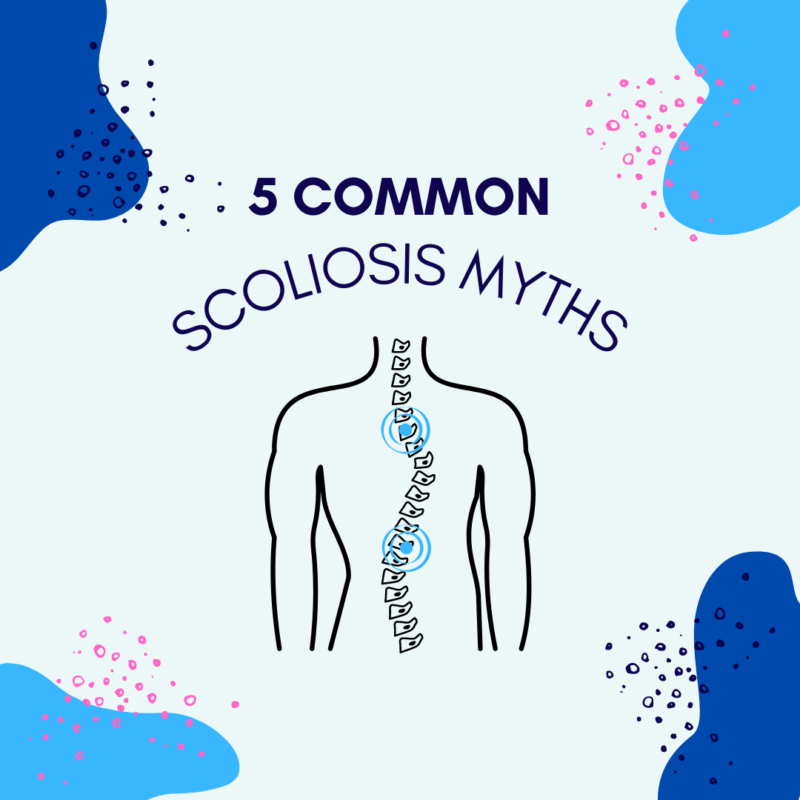Scoliosis is a condition that affects the curvature of the spine. While it is not uncommon – it is estimated that 2-3% of the population has scoliosis – there are still many myths and misconceptions about this condition. In this blog post, we will address five of the most common myths about scoliosis. Keep reading to find out the truth behind these myths!
Myth #1 Scoliosis is Painful
This is one of the most common myths about scoliosis. While some people with scoliosis may experience pain, the majority of people with scoliosis do not. In fact, most people with scoliosis are not even aware that they have it until it is discovered during a routine physical examination. If you are experiencing pain, it is important to consult with your doctor to rule out other possible causes. However, adults are more likely to experience pain associated with scoliosis than teens are.
Myth #2 Scoliosis Does Not Progress into Adulthood
While it is true that scoliosis usually starts during childhood or adolescence, the condition can also develop in adulthood. Most cases of scoliosis progress during adulthood due to the weakening of ligaments that occurs with age. In fact, approximately 30% of adults over the age of 60 are diagnosed with scoliosis. While scoliosis can progress at any age, it is most likely to do so during periods of growth, such as childhood and adolescence.

Myth #3: Bad Posture Causes Scoliosis
One of the most common myths about scoliosis is that it is caused by bad posture. While poor posture can certainly contribute to the development of scoliosis, it is not the root cause of the condition. In fact, the vast majority of cases of scoliosis are idiopathic, meaning that the cause is unknown.
Myth #4: Scoliosis Makes the Body Frail
Another common myth about scoliosis is that it makes the body frail. This is simply not true, as scoliosis does not affect bone density or overall strength. People with scoliosis can lead full, active lives and participate in all kinds of physical activity. There is no evidence to suggest that scoliosis makes the body any more fragile than it would be otherwise.
Myth #5: Surgery Cures Scoliosis
One of the most common myths about scoliosis is that surgery can cure the condition. While surgery can sometimes halt the progression of scoliosis, it is not a cure. In fact, there is no known cure for scoliosis. The goal of treatment is to manage the condition and prevent it from progressing to the point where it causes pain or disability. In the case of surgery, the main goals are to relieve pain, stabilize the spine, and restore function. While surgery does help many patients with scoliosis, it does not cure the condition.
In Conclusion
In this blog, we have dispelled five of the most common myths about scoliosis. If you or someone you know has scoliosis, it is important to dispel these myths and misconceptions. Scoliosis is a condition that affects millions of people worldwide, but it does not have to define them. With the right information and support, people with scoliosis can lead full, active lives.










